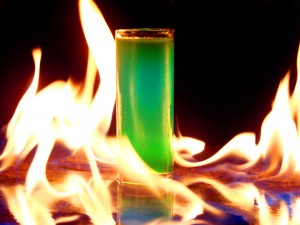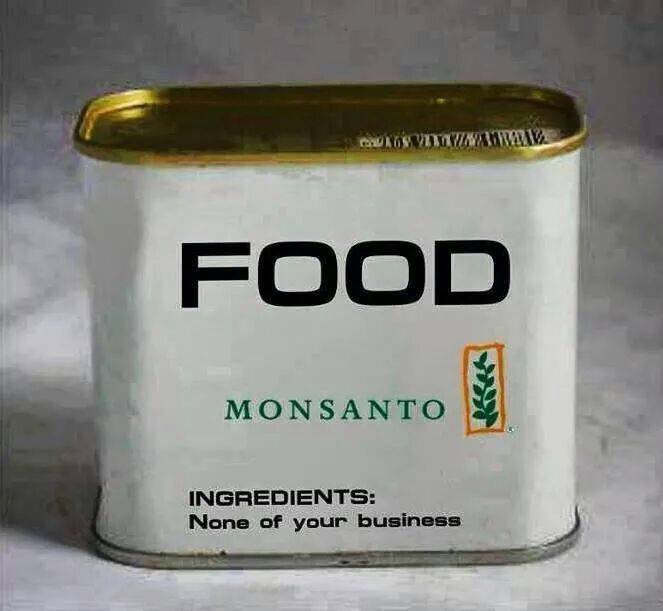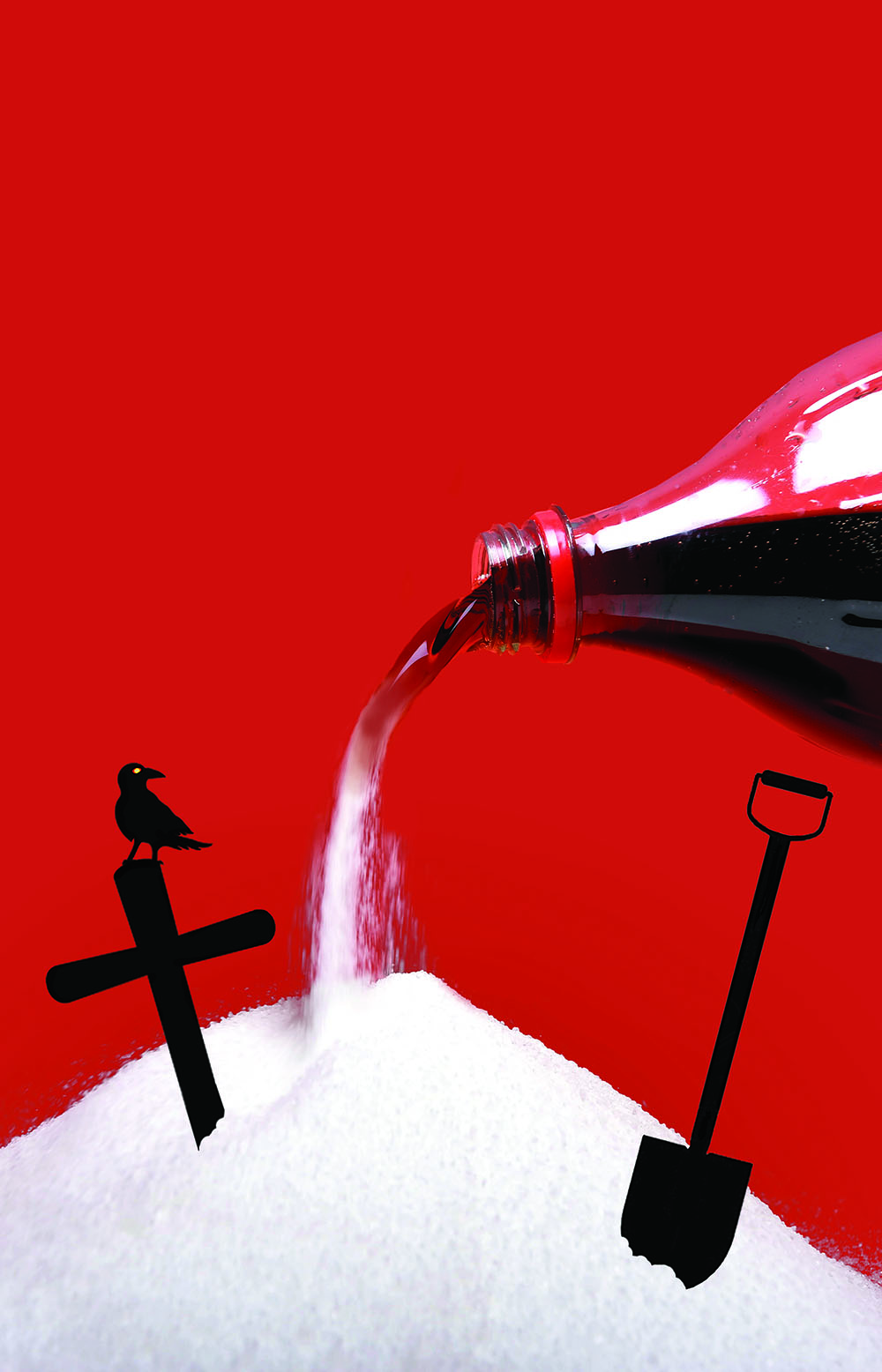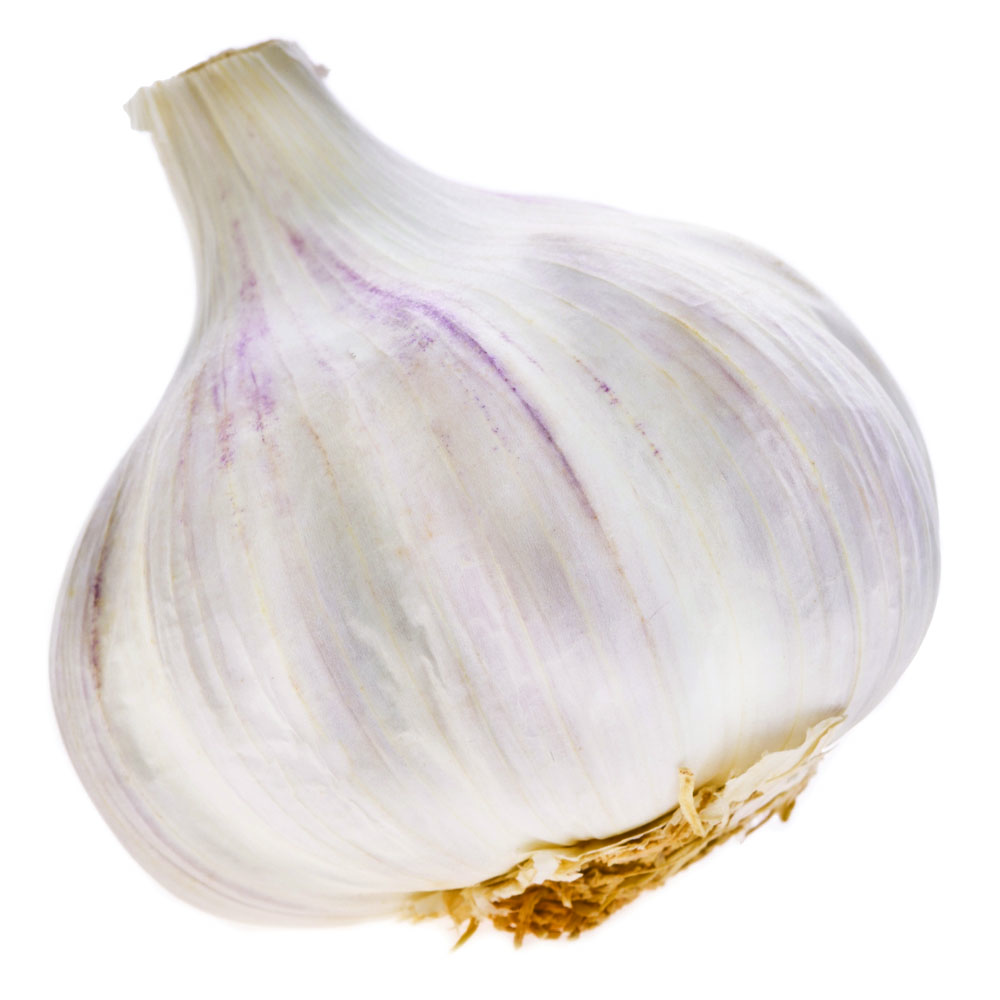
By Caroline Knight, December 2011
The word cocktail has various connotations. Many of us have enjoyed a cocktail on a Saturday night, fully aware that this is toxic on our bodies and not the healthiest way to live, but we do it in the name of fun. And discounting the inevitable hangover, it certainly can be! It seems that many would consider the beating on our immune system and internal organs as merely a minor sacrifice. At least we can control when it happens, after all. The reason that we have reached this conclusion is because the effects are obvious; we can’t pretend. Yet something tells me that even if the physical side effects somehow became less outwardly traumatic, we’d happily do it all the more often despite knowing what we were putting our long-suffering bodies through.
One issue that continues to amaze and concern me is that so few members of the public appear to be aware of other kind of cocktail they subject their bodies to. It’s likely that this is because the potentially devastating impact of their daily beauty routine on their health can be a gradual and barely noticeable process. It is often the last thing considered when trying to determine the cause of the illnesses which seemingly creep up on people. Even those who consider themselves to have a healthy regime in general regularly overlook this crucial factor in maintaining good health because nobody is telling them about it.
Who is to blame?
The answer is, quite simply that we all share the blame – with corporate marketing. Branding, that all-powerful, omnipresent and fully accepted ‘part of life’ has a lot to answer for – the automatic and unquestioned credibility lent to it is astounding. We spend so much time unconsciously aspiring to achieve whatever it is these alluring adverts recommend that we don’t give a second thought to what is in these products. How many can honestly say that they have read the ingredients list on the back of their favourite moisturiser and researched each item? Most may have casually cast an eye over it out of curiosity but been thrown by the tongue-twisting list of compounds. After all, they could mean anything! I can’t help but wonder if these names are designed for the specific purpose of discouraging research. Nonetheless, it is our personal responsibility and one which we too regularly shirk through either laziness, or blind faith in corporations who have proven beyond a shadow of a doubt that their profits are infinitely more important than our health and wellbeing. This is reflected in the retail price and it doesn’t take a genius to deduce it. So why are we so willingly sucked into this expensive and dangerous game?
Despite the fact that greedy and immoral corporations are going out of their way to hide the facts, some chemicals are getting a bad name at least. SLS and Parabens are words being bandied about (to a certain extent) among those who wish to market their slightly-more-healthy products. My own research shows that just because a product is using ‘SLS free’ to boost sales, or is claiming to be using ‘natural ingredients’, there are often other less known undesirables in there too. They, like the major beauty brands, are banking on the fact that you know it’s bad but not why – and that you won’t bother to investigate anyway.
The insidious monsters in your lotions
Parabens are something you may even have heard of by now. Used in preservatives in the cosmetic industry, 13,200 cosmetic and skin care products contain them. These are strongly linked to cancer because they disrupt hormones (e.g. mimicking estrogen) and the endocrine system. Others you may have come across are Sodium Lauryl Sulfate (SLS) and Sodium Laureth Sulfate (SLES). One or the other, or occasionally both, are put in over 90% of personal care products. They can lead to dry skin and premature aging because they break down your skin’s moisture barrier. In the short term your product will appear to moisturise, but the added chemicals ensure that your skin becomes ‘addicted’ to them; it will simply dry up when you cease use and ironically, you mistakenly believe that the product was helping to avoid this. Further, SLS and SLES easily penetrate your skin, allowing other chemicals easy access. Combined with other chemicals, they may become a “nitrosamine” which is a potent carcinogen.
The list of chemicals is quite shocking, but here are a few more which should be avoided. Mineral Oil, Paraffin, and Petrolatum coat the skin like plastic which clogs up your pores and creates toxic build up. This again causes early ageing of the skin as due to the slowing of cellular development. Another hormone disrupter, these chemicals are also linked to cancer. These kind of oils have no business being on your skin – there are far more beneficial ones (some possibly even in your kitchen cupboard) which will do what these dangerous products purport to. Propylene Glycol is a common cosmetic moisturizer (and carrier for fragrance oils) which has been linked to kidney and liver problems, dermatitis and skin irritation. It may also inhibit skin cell growth. Phenol Carbolic Acid is in many lotions and skin creams and can cause circulatory collapse, paralysis, convulsions, coma – even death through respiratory failure. Other common chemicals are Acrylamide, found in many facial creams and linked to mammary tumours, and Dioxane (in personal care products), hidden within ingredients such as PEG, polysorbates, laureth and ethoxylated alcohols. Studies have confirmed the carcinogenicity; even the National Cancer Institute in 1978 found this to be true.
Smelling of roses while your body decomposes
The worst culprit by far is the perfume industry. They are not even required to list the majority of the chemicals which go into their products, many of which have not been conclusively tested. This is practically a green light to put whatever they want in there, at the probable expense of your health. If you really must wear it, spray it on your clothes. Ideally, you will replace these with natural essential oil perfumes. Toluene is one highly toxic chemical (made from petroleum and coal tar) in most synthetic fragrances. Chronic exposure to this can cause anaemia, low blood cell count, liver and kidney damage. It has also been thought to affect developing babies during pregnancy. Many other ingredients are carcinogenic and can cause headaches, dizziness and nausea among other undesirable symptoms.
The ‘No Go’ list doesn’t end there
Another example you may have noticed would be the words ‘BPA free’ on certain plastic bottles. It sounds positive, I suppose – yet BPA is still shrouded in mystery. If the truth were widely recognised, I think there would be uproar. It is unfathomable how such chemicals were ever allowed into our everyday products. BPA is linked to breast and testicular cancer, diabetes, hyperactivity, obesity, low sperm counts and miscarriages. I strongly suspect that the only reason we know of this is because BPA was found to be damaging babies via their drinking bottles. Yet the same level of concern is rarely extended to adults – and we are subjected to so many toxins that it is a lot harder to pinpoint.
Around 60 per cent of the products you use are absorbed into the body trans-dermally, and most of the high street and designer brands contain toxic chemicals. This includes most make up, hair dye, hair sprays, shampoo and conditioners, fake tan and aluminium-containing deodorant. On top of this you have household cleaning products and synthetic air fresheners. Surely if you want to age gracefully, a rethink is in order? Especially as most of these products have organic alternatives.
Hygiene and beauty without self-cruelty
Organic beauty products are so very simple, so much healthier and a hell of a lot cheaper, as long as you are careful not to throwing yourself into a similar branding trap on the other side of the fence. Fortunately it doesn’t take a lot of homework to be able to make your own. For example, I made a fantastic skin serum recently after studying different oils and their effects on the skin. This is one which paid off and I am very pleased to see the almost instantaneous effects. When considering the various over the counter products I used in my youth, there is no comparison. My skin is much clearer, the fine lines which were starting to appear are stopping in their tracks and I have a glow about my skin reminiscent of the days when I did not require any products at all! The secret for this particular product is simple – a combination of the following oils: Vitamin E, jojoba, unrefined cold pressed extra virgin olive oil and rose essential oil. These products are great for cell renewal, scarring, stretch marks, dry skin, acne and many other common complaints.
Many of the supposed ‘wonder treatments’ in the department stores would cost you far more than all these products put together, and I’d bet my bottom dollar that there would be a vast difference in what they could do for your skin. Looking at the above breakdown of chemicals found in almost all of these branded products, I’d say the choice is clear. If you don’t want to make your own then Raw Gaia, Essential Care, Dr Hauschka, Jane Iredale and Green People are brands which should help you; although there are many more natural products to try which won’t harm you.
It has never been more important than now to broaden your perspective on what ‘organic’ means and therefore your self-education on what you are willingly giving your body every day. Living organically goes way beyond the obvious parameters and requires a surprising amount of critical thinking. Even the dye in regular clothes is often toxic… but that may be one step too far in the eyes of most! I’ve said it before and I still maintain that organic is a way of life, not just a food choice; common sense would say it is the only way to live happily in modern times. The common misconception that this will automatically be more expensive is often untrue, but even it were… can you really put a price on your health? Besides… if you ditch the Chanel perfume, you can probably eat well for a week!



0 Comments